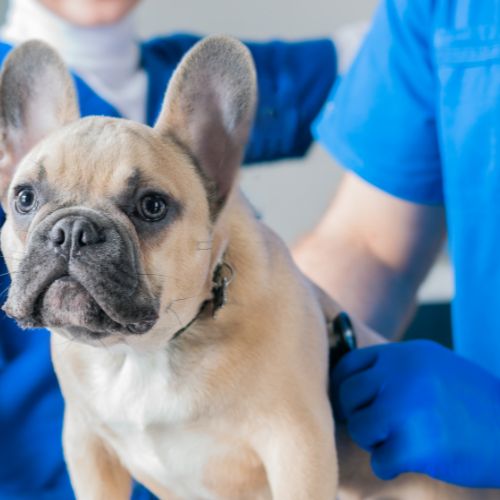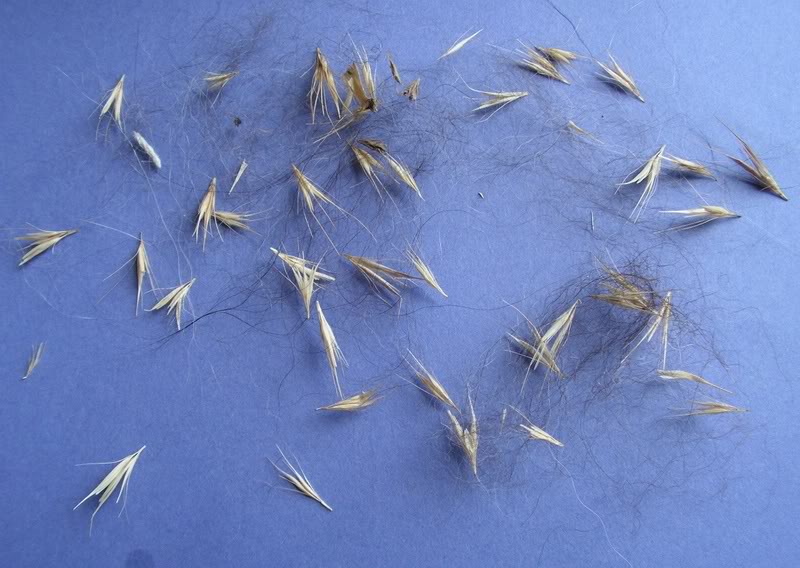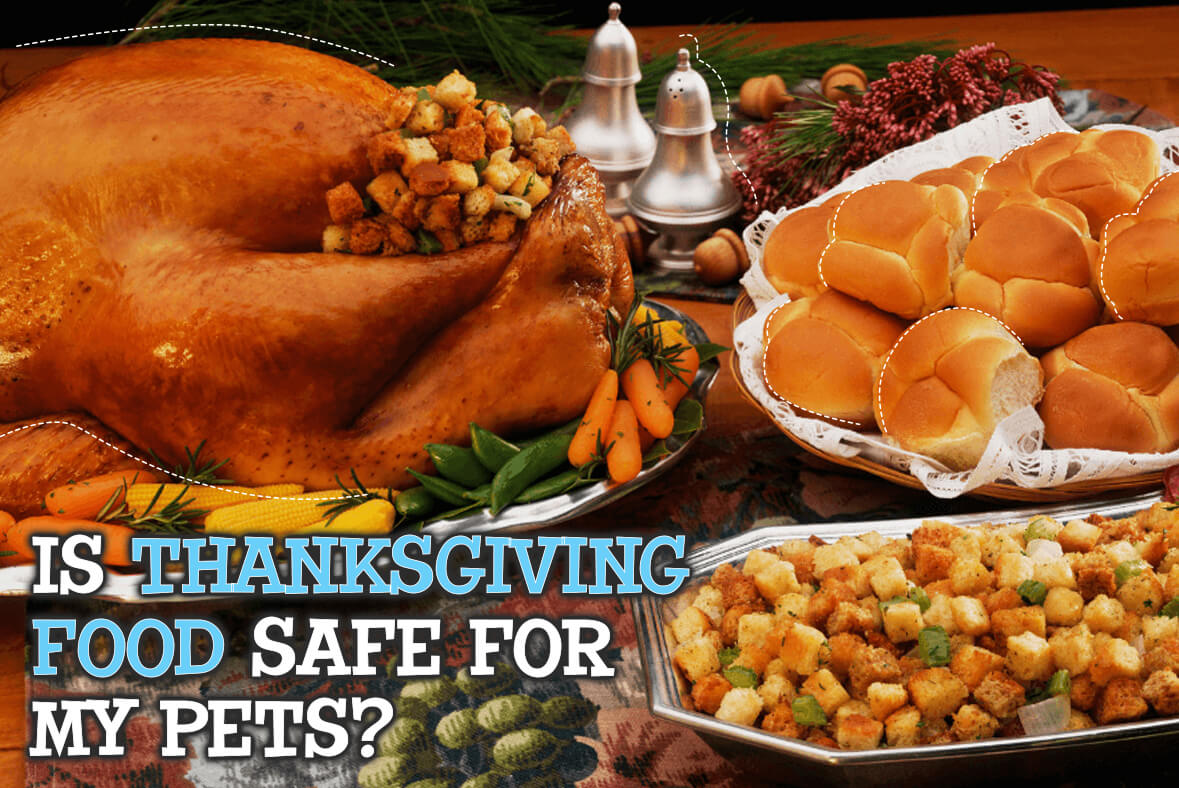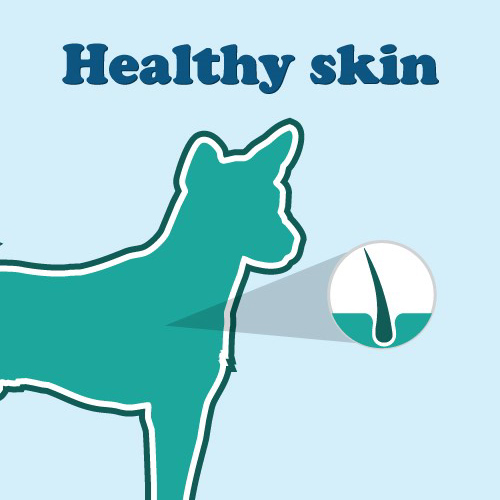By using our website, you agree to the use of cookies as described in our Cookie Policy
7 Strategies for Keeping an Aging Animal Comfortable in the Home by Kaytie Carter
7 Strategies for Keeping an Aging Animal Comfortable in the Home
As we get older, even our cherished pets that we may have gotten when we were younger also age. While factors like vitamin intake and regular health and dental checks are important to prolong the quality of life for your pet, there are other things you can do to help your pet’s physical comfort level increase.
1. Determine if you need to change your pet’s food
Just like people, a pet’s nutrition should change with age. Your furry companion’s digestive system can slow down as they get older. Look more into the details of your pet’s food and what types of food are easier for them to digest. In addition, it may be a good idea to elevate your pet’s food bowls. As your pets get older, the smallest of muscle movements can stress or make them fatigued, so try to keep the bowls at a comfortable height, so your pets don’t have to bend down as much while eating.
2. Pet-proof your house to help pets that are losing their eyesight
One of the first things that will falter in an aging animal is their eyesight. While your animal may not be totally blind, their peripheral vision and sense of depth will start to decrease in quality. This will make it harder for them to navigate objects within a room and pathways around your house. Be sure to pet-proof your house to have your pet avoid accidental injury.
3. Make your pet’s sleeping space warmer
Older pets lose hair more frequently than when they were younger. As your pet ages, be mindful that your home may be getting colder to them, even though you may keep it at a constant, set temperature. Line your pet’s sleeping area with more padding and warm and fuzzy materials. This will help them stay warm, especially when they’re sleeping. It will also give them a warm location to evacuate to when they’re cold. Another tip: if you live in a cold area, you can look into purchasing coats and sweaters for your pet when they go outside.
4. Remember to groom your pet
You know the phrase, “Look good, feel good?” This psychological technique may work on your pet, too. Having them groomed and bathed more often in their olden age is a great way to boost a pet’s energy and overall demeanor. Many pet owners have even found comfort in grooming their aging pets.
5. Invest in anti-slip materials
Slippery floors are hard for pets to begin with, but they’re especially tricky as pets age. The grips on the bottoms of your dog’s paws will start to disintegrate down with tread. A tip for this would be to line certain popular spots for your pet with some sort of gripped material and a rug. This could be by a window, by their food, or by their bed. Along with this idea, it’s also important to remember how tricky stairs may be for your pet. If you see your pet struggling with balance or slipping, try moving their common locations in the home to the bottom floor.
6. Pay attention to aching joints
When you think comfort, you probably think warmth and relaxation. Pet’s joints can swell and ache with age. Warmth helps with this! Create a time to pamper your pet with a little pet massage or a cuddle session. Another idea could be to make a towel become the pet’s towel and throw it in the dryer. Then, wrap your pet into it while it’s still warm. Soothing your pet’s joints will definitely be helpful for their comfort.
7. Make bathroom visits more regular
Bathroom breaks can be harder for pets as they age, but it can also be a time when they get some activity. Take your pet out more than usual for bathroom breaks. This will prevent them from accidentally soiling your home and is a good way to get them to exercise in the most minimal way possible. Stretching and movement can also help with the digestive system and with the joint aches mentioned earlier. It’s important to keep your pet on as regular a schedule as possible, but don’t be afraid to make changes that may be for the best!
‹ Back








Comments